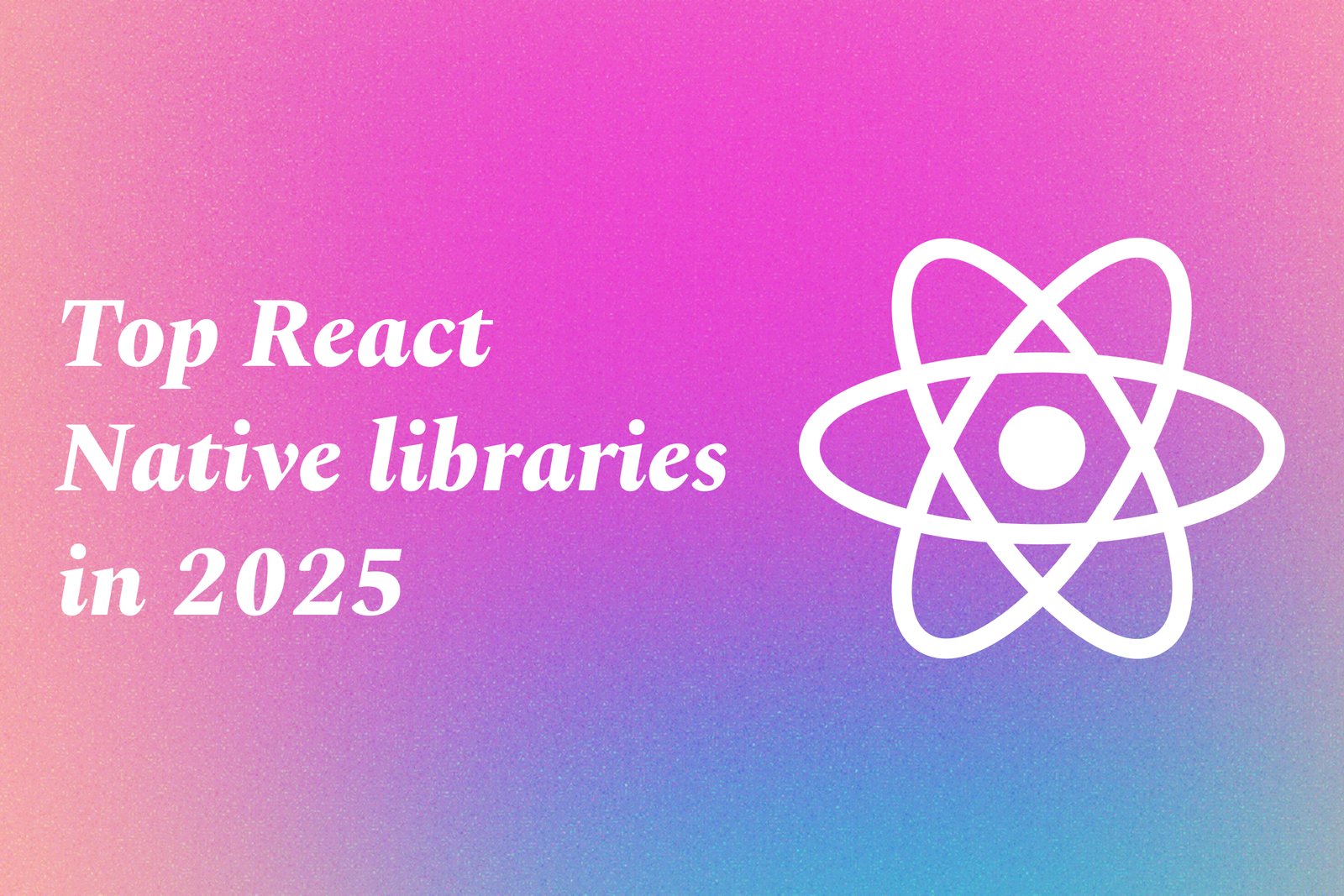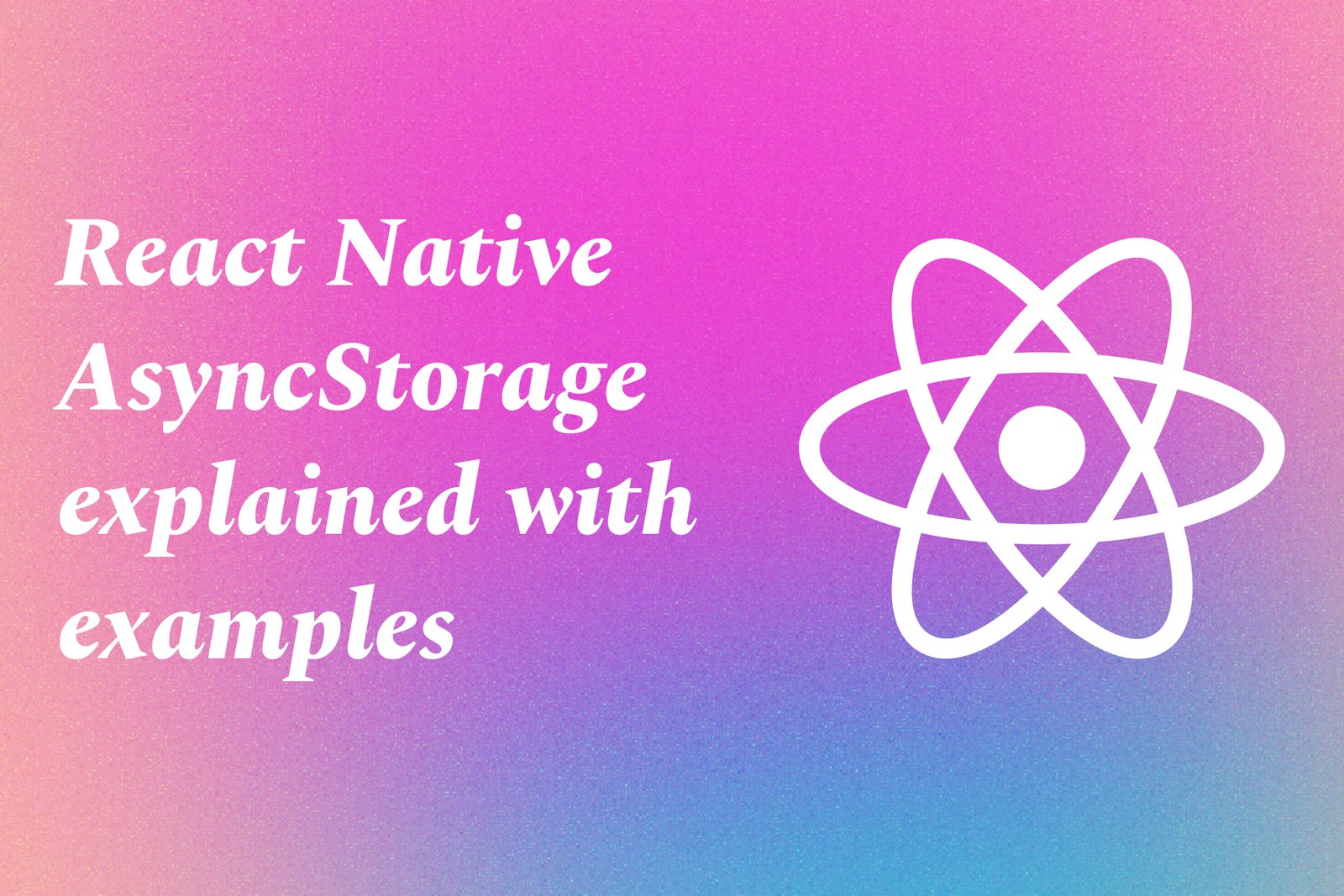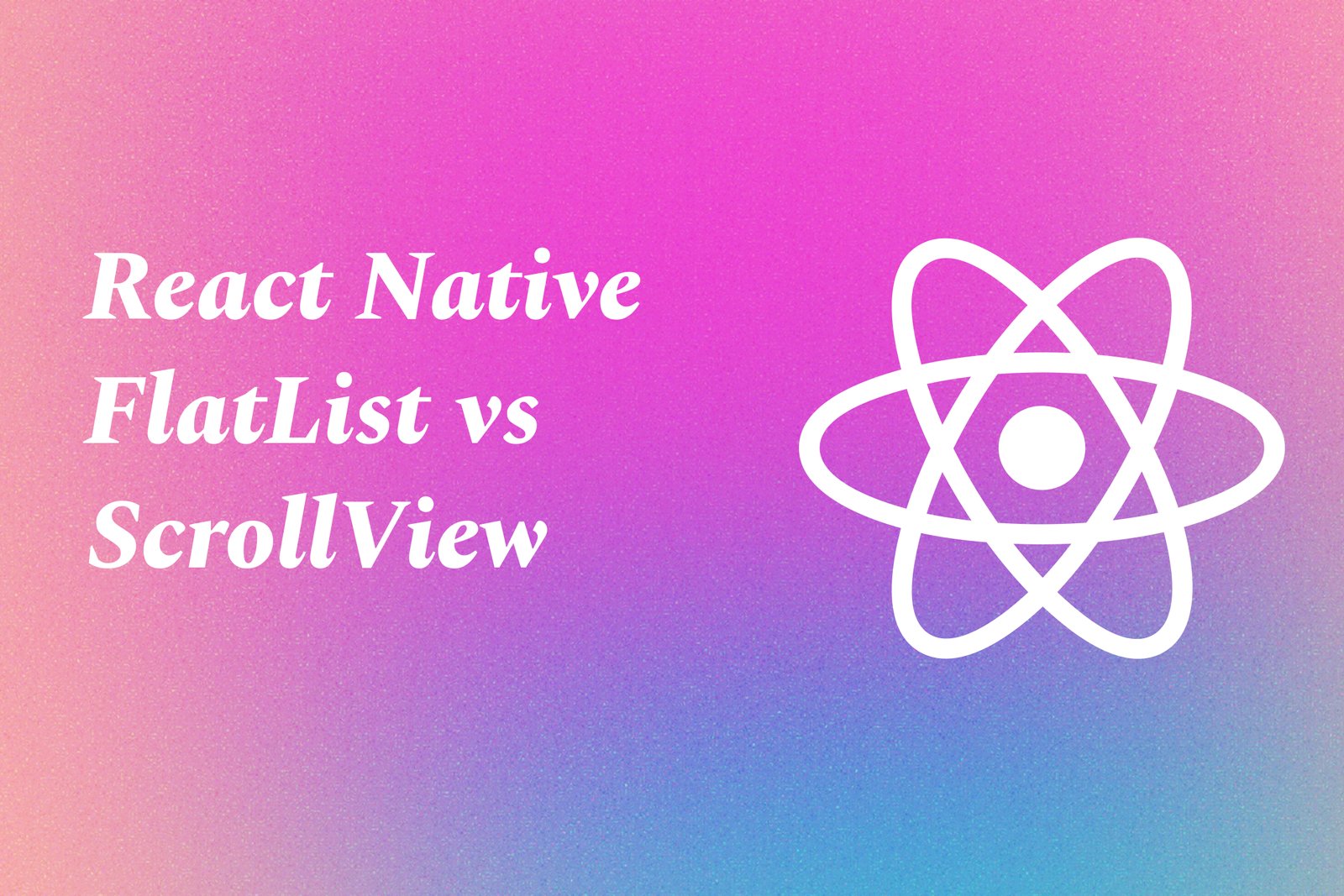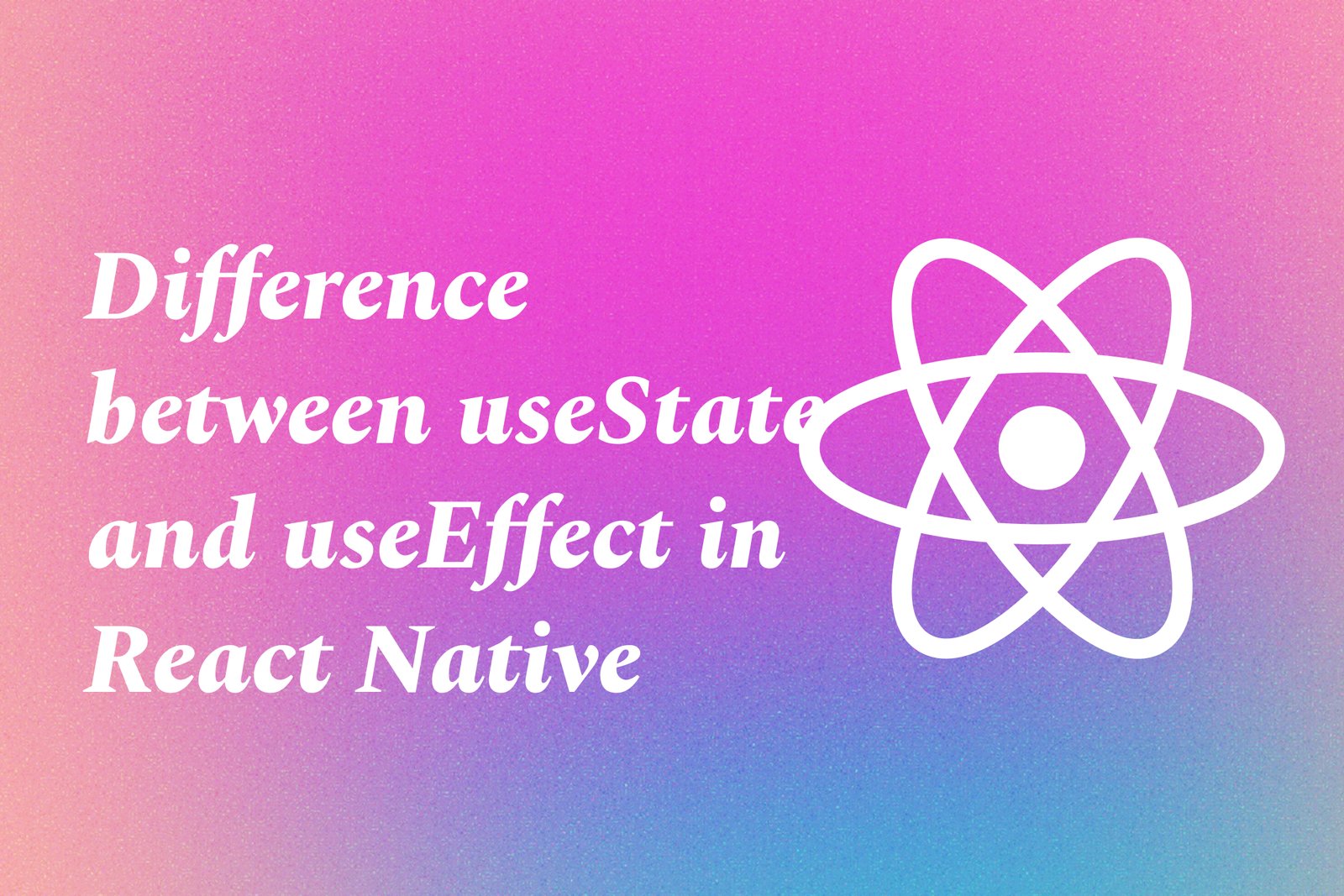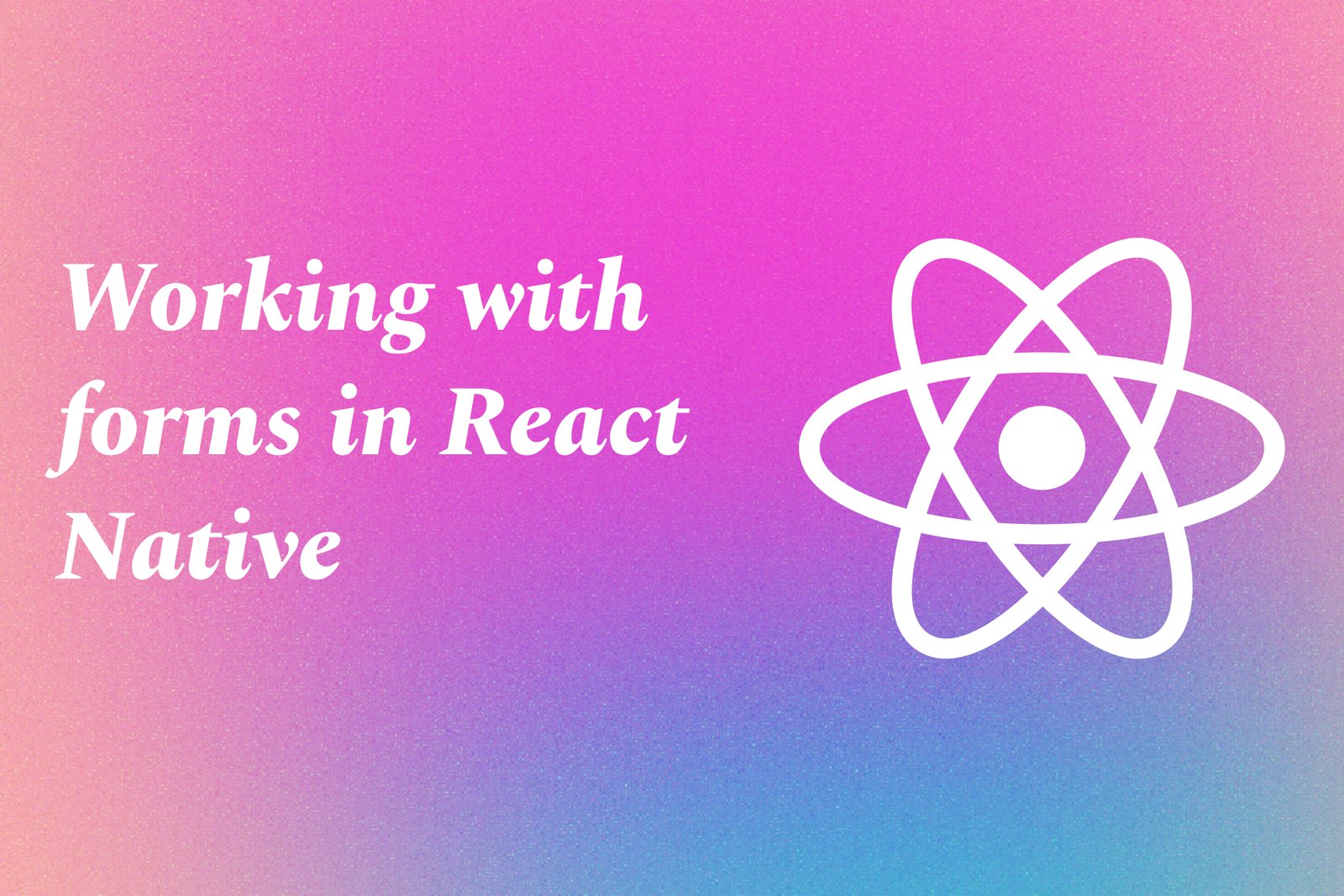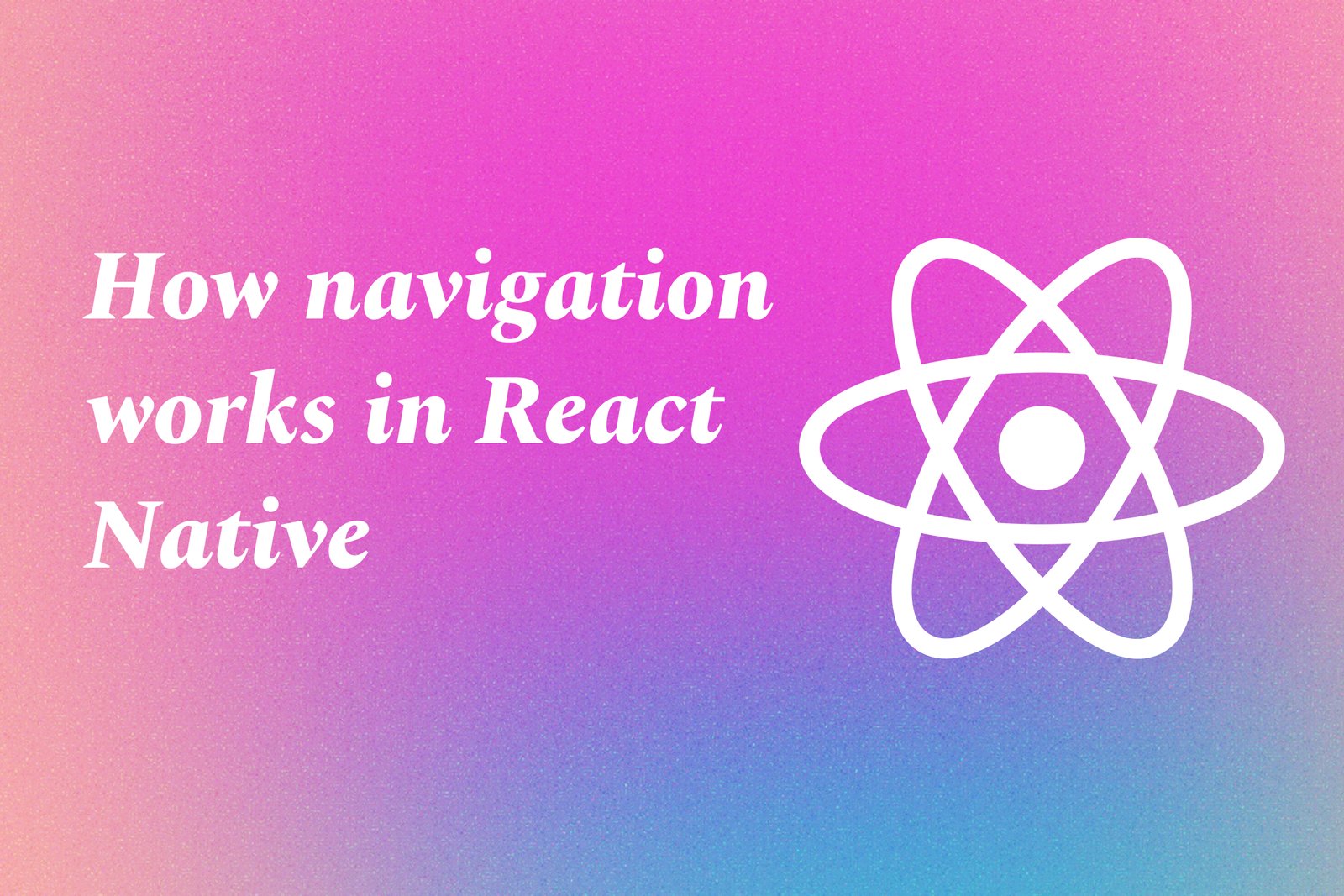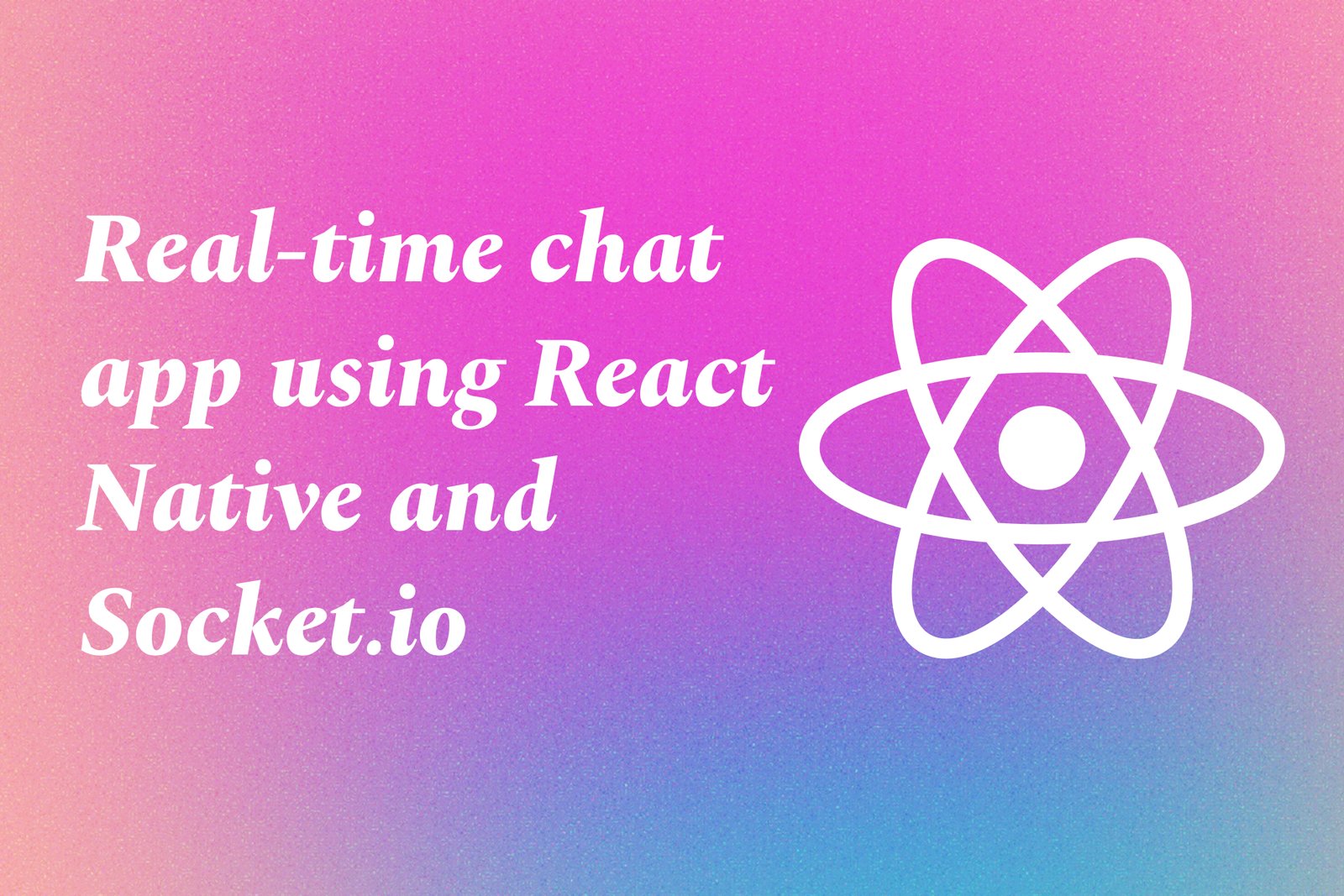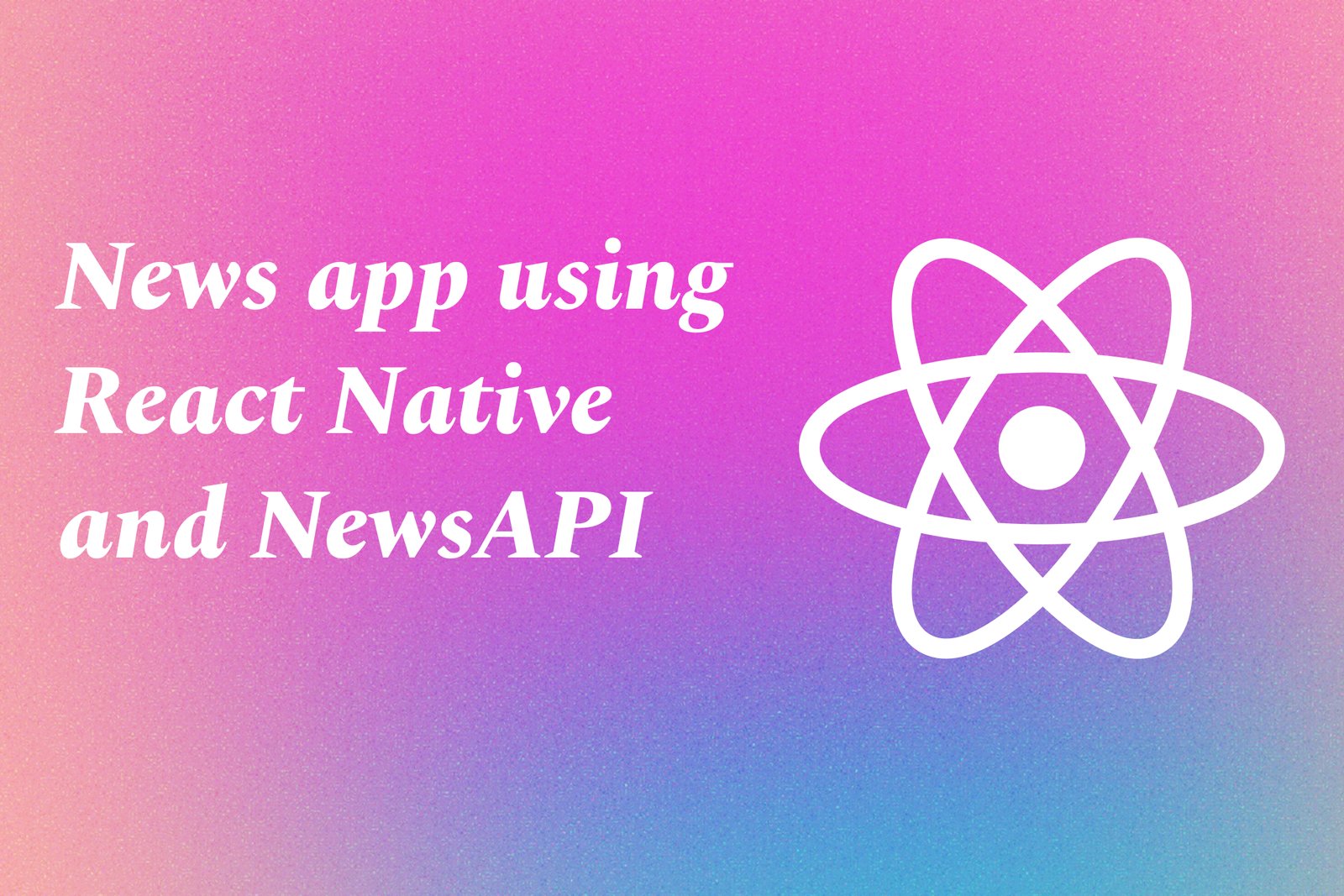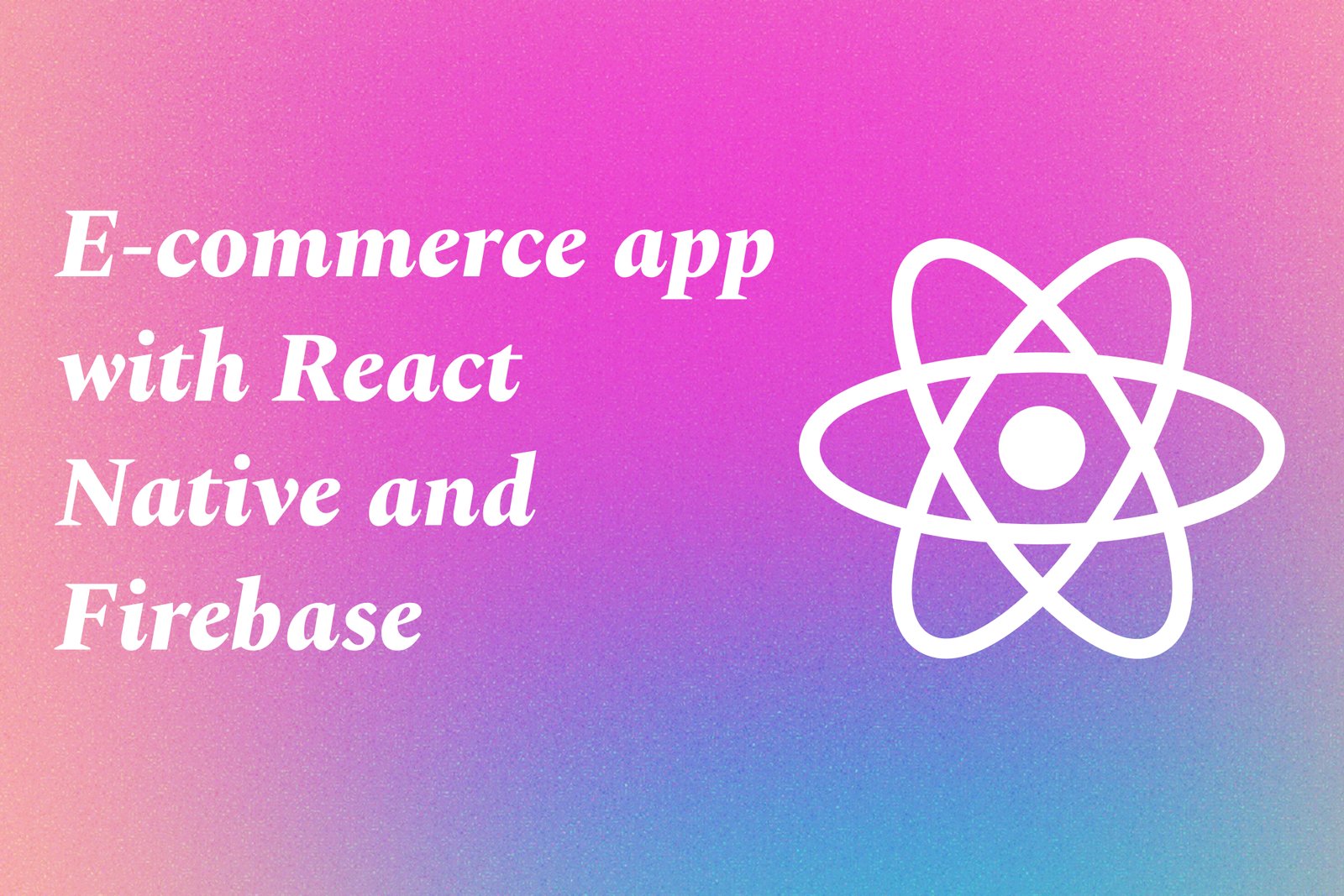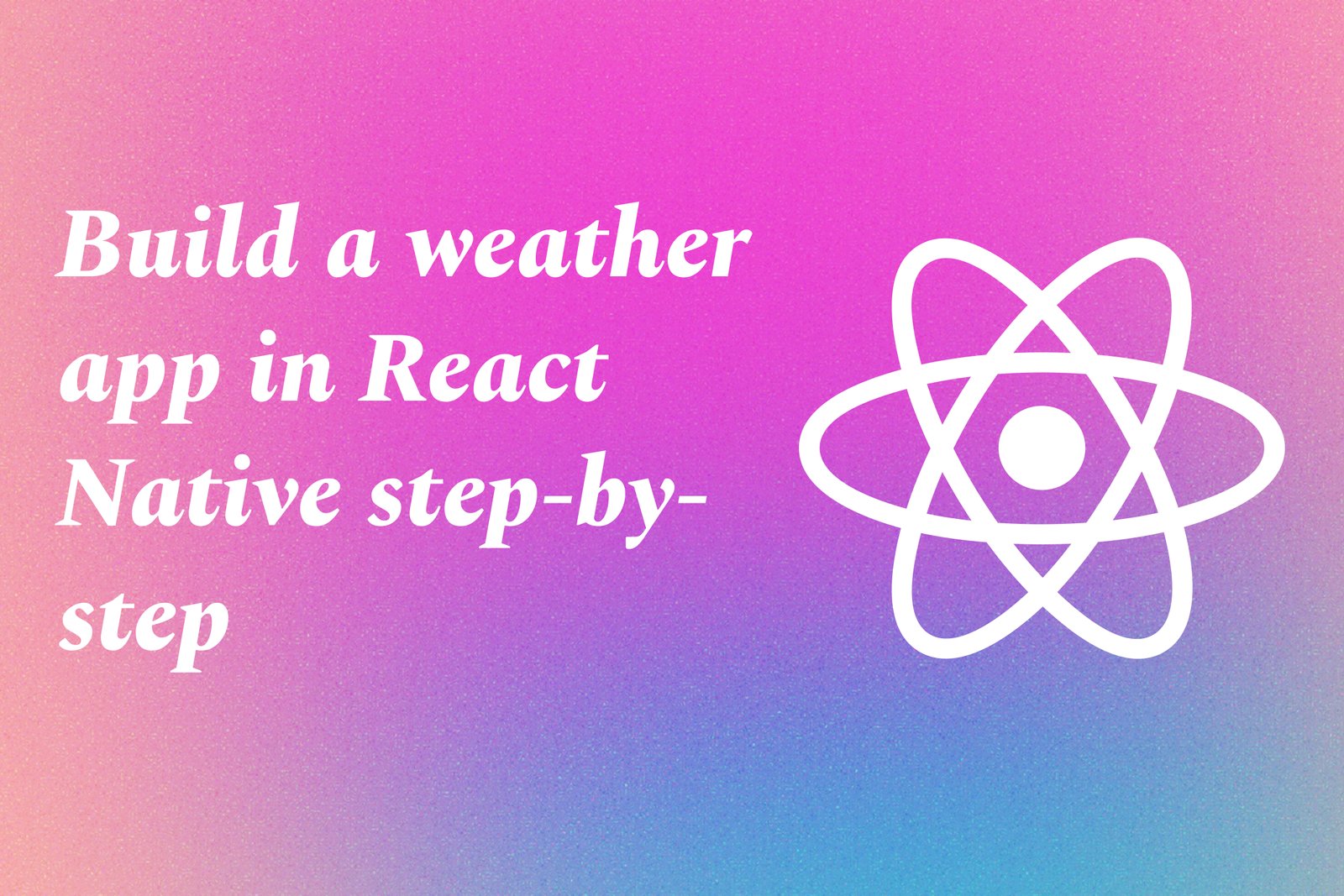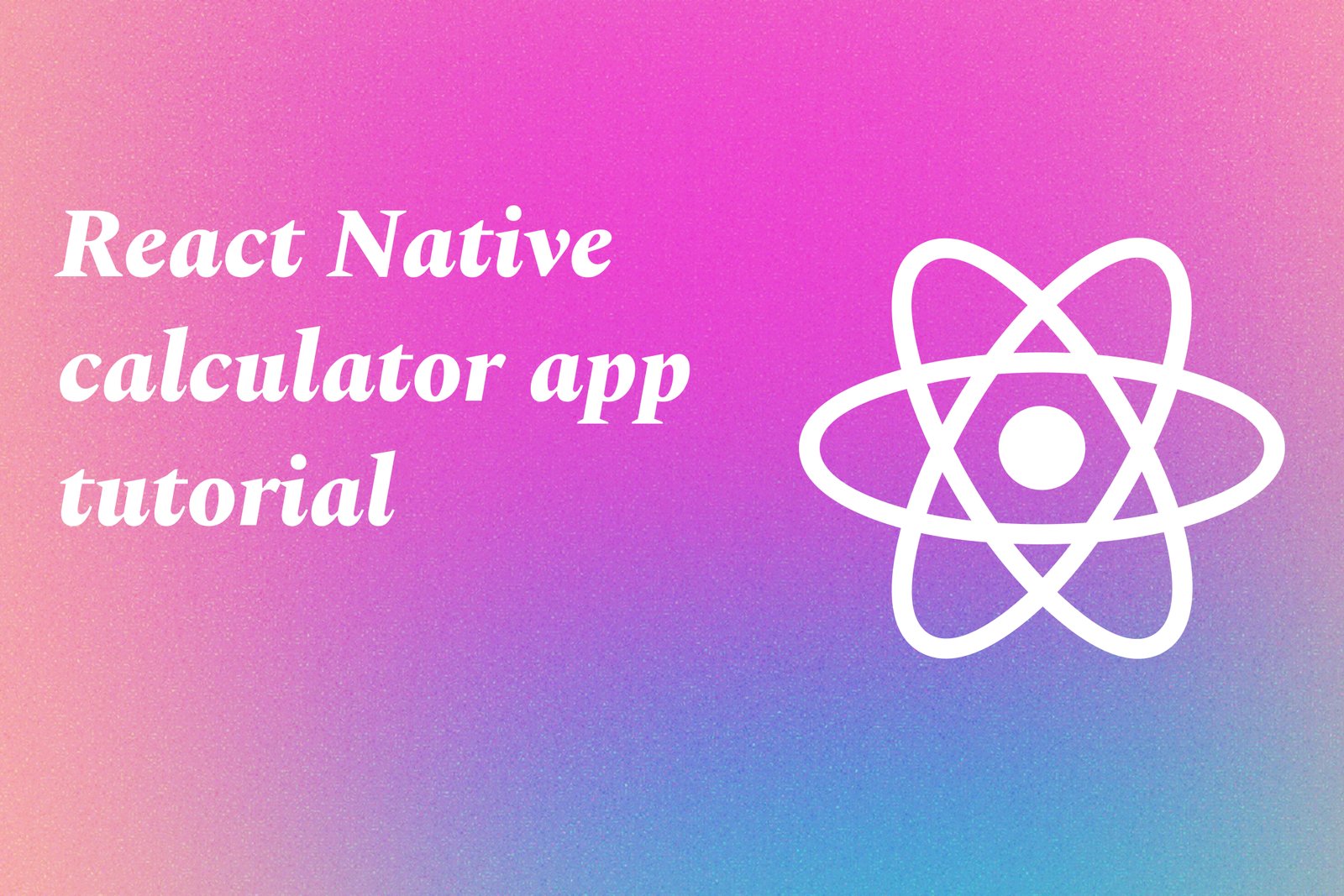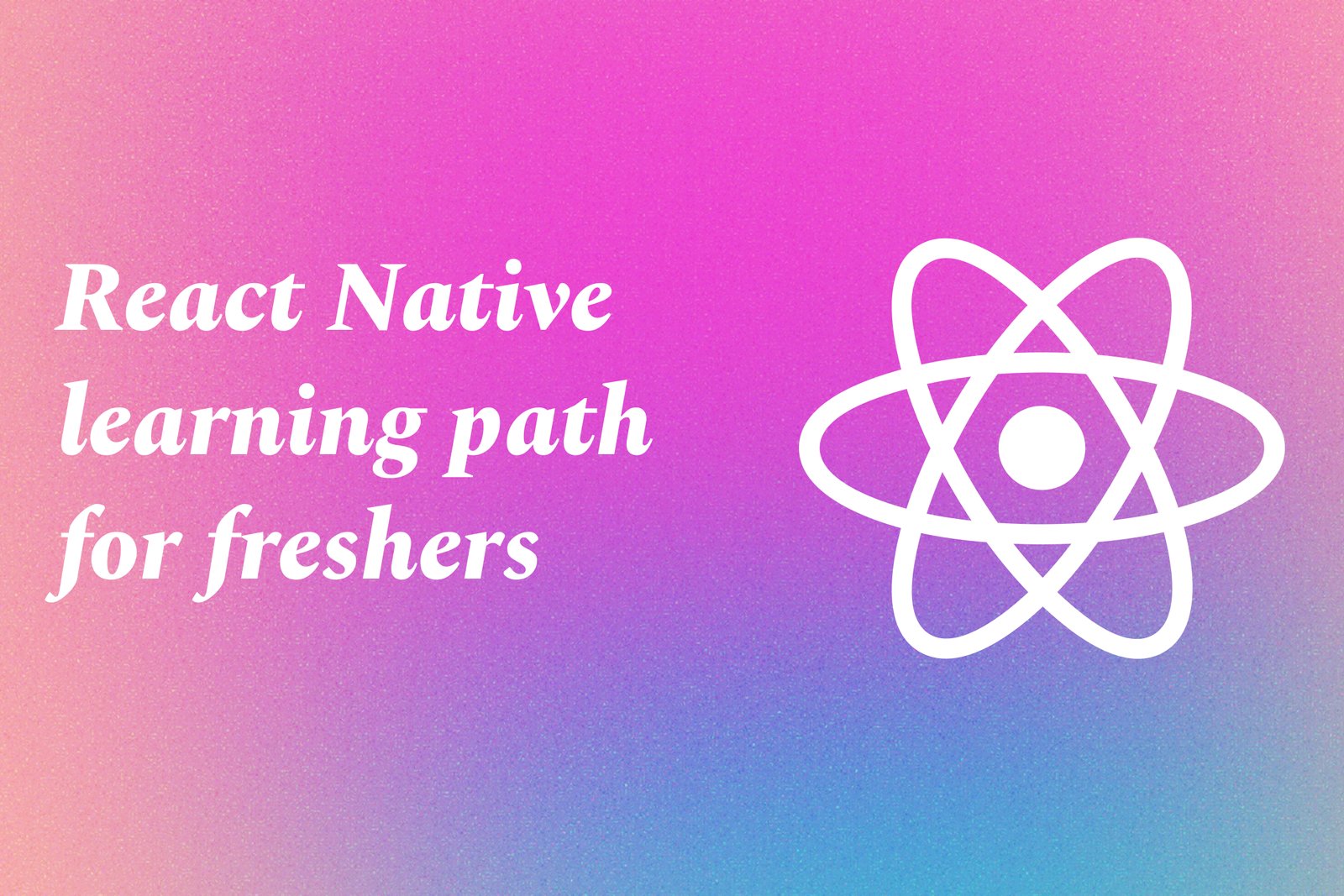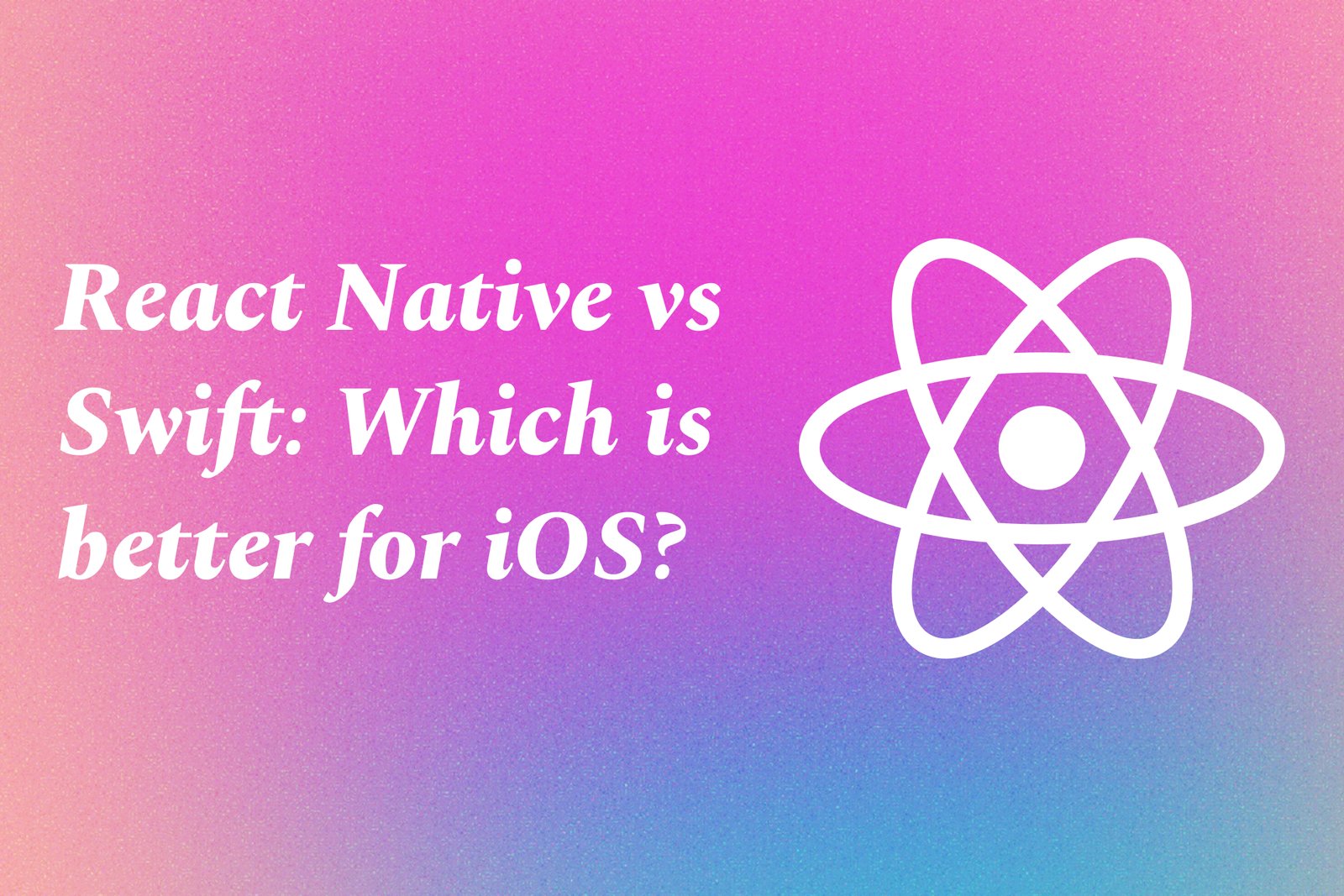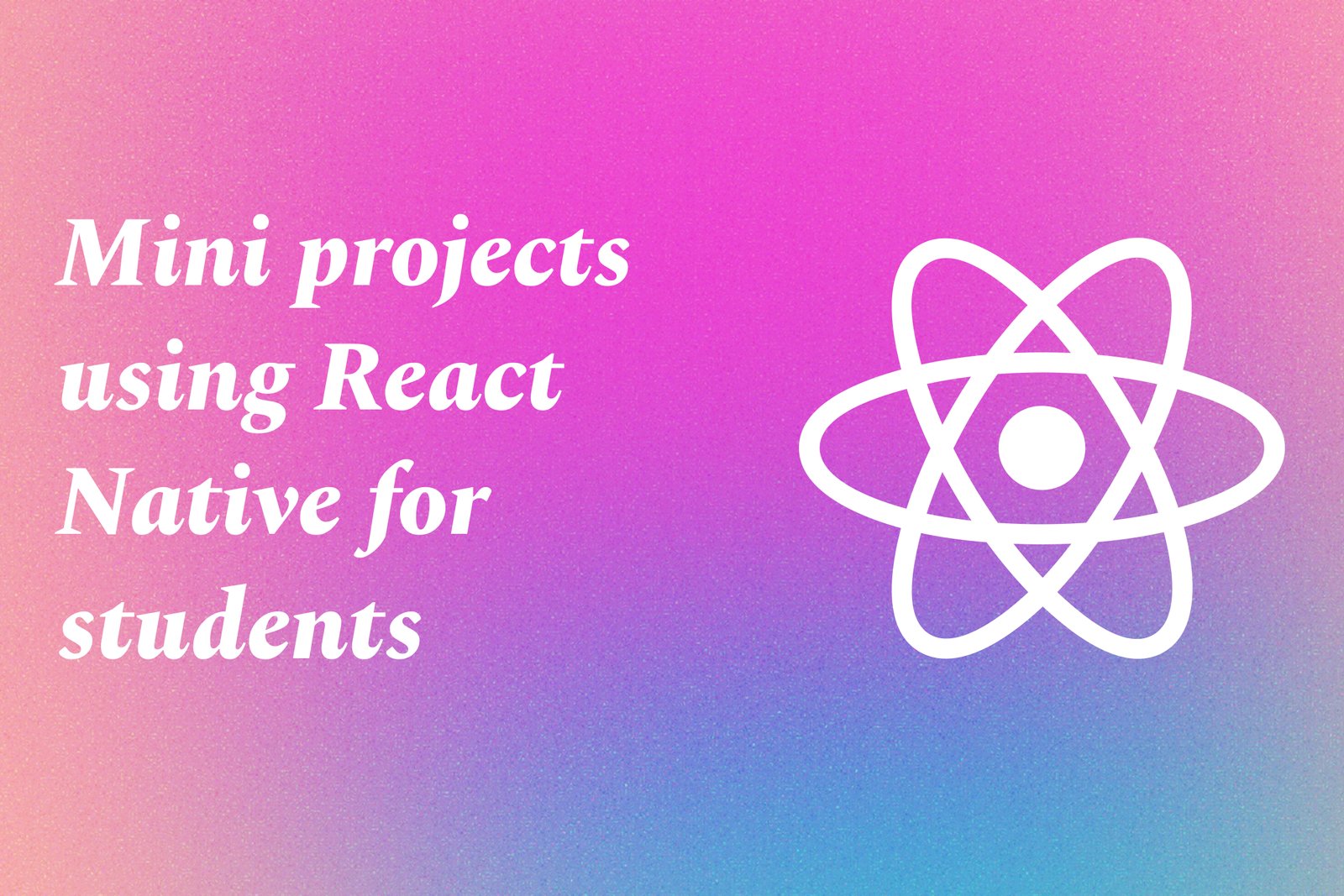Top React Native Libraries in 2025
In 2025, the top React Native libraries are essential tools that empower developers to create high-performing mobile applications with ease. Libraries like React Navigation enable smooth and easy navigation between screens, while Axios simplifies data fetching and API interactions. Pre-built UI component libraries such as NativeBase and React Native Elements allow for quick and visually appealing designs without heavy customization. For advanced user interactions, Reanimated and Gesture Handler provide powerful capabilities for animations and gesture recognition, ensuring a fluid and engaging user experience. Collectively, these libraries form a robust ecosystem that accelerates development and enhances the overall app quality.
Learn MoreReact Native AsyncStorage Explained With Examples
React Native AsyncStorage is a key-value storage system that enables developers to save and retrieve data on mobile devices in a lightweight and efficient manner. It is primarily used for persisting simple data such as user preferences, authentication tokens, and application settings. For instance, in a task management app, you can store the status of tasks using AsyncStorage: `await AsyncStorage.setItem('@tasks', JSON.stringify(tasks));` to save the task list and later retrieve it with `const tasks = JSON.parse(await AsyncStorage.getItem('@tasks'));`. This capability ensures that user data remains available even after the app is closed, thereby enhancing user experience by providing a seamless interaction with the app across sessions.
Learn MoreReact Native FlatList Vs ScrollView
In React Native, FlatList and ScrollView are both components used for displaying lists of items, but they are geared towards different use cases. ScrollView is ideal for rendering a small number of items because it loads all the content at once, allowing for smooth scrolling through the entire list. However, it can lead to performance issues with larger datasets since it doesn't efficiently manage memory. On the other hand, FlatList is optimized for larger lists by only rendering the items currently visible on the screen, which improves performance and reduces resource consumption. With features like lazy loading, item recycling, and support for various list operations, FlatList is generally the better choice for handling extensive data in mobile applications.
Learn MoreStyling In React Native: Flexbox Crash Course
Styling in React Native primarily utilizes Flexbox, which is a layout model designed for alignment and distribution of space among items in a container, even when their size is unknown. Flexbox enables developers to create dynamic layouts that adapt seamlessly across various screen sizes and orientations. By defining properties such as `flexDirection`, `justifyContent`, and `alignItems`, developers can control the placement and arrangement of components, making it easy to design responsive interfaces. This approach simplifies the styling process, allowing for efficient and flexible design implementations in mobile applications.
Learn MoreDifference Between useState and useEffect in React Native
In React Native, `useState` and `useEffect` are both essential hooks that serve different purposes. `useState` is used to declare and manage state variables within functional components, enabling developers to store and update values that represent the component's current data or UI state. In contrast, `useEffect` is utilized to handle side effects, such as data fetching, subscriptions, or manually interacting with the DOM after a component renders. While `useState` keeps track of values that can change over time, `useEffect` manages operations that require a response to those changes, making both hooks critical for building dynamic and efficient applications.
Learn MoreWorking With Forms In React Native
Working with forms in React Native involves creating and managing user input interfaces within mobile applications. It enables developers to capture data through text inputs, dropdowns, checkboxes, and other UI components, while utilizing the state management capabilities of React Native to handle the input dynamically. Form handling includes essential tasks such as capturing user inputs, validating data, and submitting information to backend servers. With features like controlled components and event handling, React Native allows for real-time updates and responsive UIs, ensuring a smooth and intuitive user experience throughout the data entry process.
Learn MoreHow Navigation Works In React Native
Navigation in React Native is a critical feature that enables developers to create multi-screen applications by managing the movement between different views or screens. It primarily involves utilizing libraries such as React Navigation, which provides a set of navigators, including stack navigators for hierarchical navigation, tab navigators for switching between screens, and drawer navigators for an accessible menu. Each navigator handles the navigation state and facilitates the transition animations, ensuring a smooth user experience. By using navigational patterns, developers can create intuitive pathways through their apps, enhancing user engagement and overall functionality.
Learn MoreReact Native Hooks Explained for Beginners
React Native hooks are functions that let developers use state and lifecycle features in functional components, making it easier to manage component behavior and data. Introduced in React 16.8, hooks like `useState` and `useEffect` simplify the way developers write components by allowing them to add state and side effects without needing to create class components. For beginners, hooks provide a more intuitive and cleaner way to build dynamic applications, promoting better code organization and reusability through custom hooks. This modern approach to building React Native applications enhances both developer experience and application performance.
Learn MoreCreate A Login And Registration Screen In React Native
Creating a login and registration screen in React Native involves designing user interfaces that allow individuals to securely sign in or create an account within a mobile application. These screens typically include input fields for usernames and passwords, along with buttons for submitting information and navigating between the login and registration processes. By leveraging React Native's components and state management, developers can build dynamic and responsive screens that enhance the user experience, enabling easy authentication and account management. This functionality is essential for applications that require user accounts, as it ensures secure access to personalized features and data.
Learn MoreUnderstanding Props And State In React Native
In React Native, props and state are fundamental concepts that enable dynamic and interactive application development. Props, short for properties, allow data to be passed from parent components to child components, making it possible to create reusable and customizable UI elements. State, on the other hand, is an internal data structure that a component manages, allowing it to keep track of information that can change over time, such as user inputs or fetched data. Understanding how to effectively use props and state is essential for building responsive applications that react to user interactions and update in real-time.
Learn MoreReal-Time Chat App Using React Native And Socket.Io
A real-time chat application built using React Native and Socket.io is a mobile platform that enables users to communicate instantaneously through messages, images, and other media. React Native ensures a smooth, cross-platform user experience, allowing the app to run on both iOS and Android devices, while Socket.io facilitates real-time, bidirectional communication between the client and server. This setup allows users to send and receive messages instantly, creating an engaging and interactive chat experience similar to popular messaging apps. With features like user authentication, typing indicators, and message notifications, developers can deliver a comprehensive communication solution tailored for modern users.
Learn MoreBuild A Notes App In React Native For Practice
Building a notes app in React Native is a practical project designed to help developers familiarize themselves with mobile application development using JavaScript and the React framework. This project typically involves creating an interface where users can create, edit, and delete notes, enabling hands-on experience with essential concepts like components, state management, and navigation. By incorporating features such as local data storage, users can gain insights into managing data within a mobile application. Overall, this project serves as an excellent introduction to React Native, allowing developers to apply theoretical knowledge in a real-world scenario and enhance their coding skills.
Learn MoreNews App Using React Native And NewsAPI
A News App built using React Native and NewsAPI is a mobile application that aggregates and displays news articles from various sources in real-time. By leveraging React Native's ability to develop cross-platform applications, developers can create a responsive and user-friendly interface that works seamlessly on both iOS and Android devices. The integration of NewsAPI allows the app to fetch a diverse range of news content, categorized by topics such as technology, sports, and entertainment, providing users with instant access to the latest updates. This project not only showcases the practical application of mobile development skills but also emphasizes the importance of real-time data retrieval in enhancing user experience.
Learn MoreTo-Do App In React Native With Local Storage
A To-Do app built with React Native is a mobile application that allows users to create, manage, and organize their tasks efficiently. Utilizing the capabilities of local storage, this app ensures that users' tasks are saved persistently on their devices, so they remain accessible even after the app is closed. Users can easily add new tasks, edit existing ones, and remove completed tasks, making it a practical tool for enhancing productivity and organization. By developing this type of app, developers gain valuable experience in mobile development and state management, while users benefit from a user-friendly interface that streamlines their daily task management.
Learn MoreE-Commerce App With React Native And Firebase
An e-commerce app built with React Native and Firebase is a mobile application that leverages the cross-platform capabilities of React Native for front-end development and the powerful backend services of Firebase. This combination allows developers to create fast, responsive apps that work seamlessly on both iOS and Android devices. The app typically features functionalities like user authentication, product listings, shopping cart management, and secure payment processing, all backed by Firebase's real-time database and cloud storage. This integration facilitates efficient data handling and enhances the overall shopping experience for users, while also simplifying the development process for businesses.
Learn MoreBuild A Weather App In React Native Step-By-Step
Building a weather app in React Native involves creating a mobile application that allows users to access real-time weather information based on their location or a specified city. This step-by-step process includes setting up the React Native environment, designing a user-friendly interface, and integrating a weather API to fetch and display data such as temperature, humidity, and forecasts. Developers will learn key skills, including component creation, state management, and navigation, while also gaining hands-on experience with asynchronous data handling and improving user interaction. This project not only enhances coding abilities but also adds a practical application to a developer's portfolio.
Learn Morereact native CALCULATOR APP TUTORIAL
The React Native calculator app tutorial is a hands-on project designed for beginners to learn the basics of mobile app development using React Native. Throughout the tutorial, participants will create a simple yet functional calculator application that performs basic arithmetic operations like addition, subtraction, multiplication, and division. This project teaches essential concepts such as components, state management, and user interface design, empowering learners to understand how to build interactive mobile applications. By the end of the tutorial, participants will have a solid foundation in React Native development, along with a practical project that demonstrates their skills.
Learn MoreReact Native Learning Path For Freshers
The React Native learning path for freshers is an introductory framework designed to guide new developers through the essentials of mobile app development using React Native. It encompasses understanding the fundamentals of JavaScript and React, followed by practical hands-on experience in building cross-platform applications for iOS and Android. This learning path emphasizes real-time projects and best practices, allowing beginners to develop a solid foundation in mobile development while enhancing their skills in creating interactive user interfaces and managing application state. As a result, freshers gain the confidence and competence needed to enter the thriving mobile app industry.
Learn MoreReact Native Vs Swift: Which Is Better For IOS?
When comparing React Native and Swift for iOS development, the choice often boils down to project requirements, team expertise, and desired outcomes. React Native, a framework for building cross-platform applications using JavaScript, enables developers to create apps that run on both iOS and Android, enhancing efficiency and reducing costs. In contrast, Swift is Apple's native programming language, offering powerful performance and seamless integration with iOS features, which can lead to superior user experiences and responsiveness. While React Native is excellent for rapid development and shared codebases, Swift excels in delivering optimized, high-performance applications tailored specifically for the iOS environment. Choosing between them depends on the specific goals of the app, the development team's skill set, and the importance of cross-platform capabilities versus native performance.
Learn MoreReact Native for Beginners: Complete Guide
React Native is a popular open-source framework created by Facebook that simplifies the process of building mobile applications for both iOS and Android using JavaScript and React. It allows developers to write a single codebase that can be shared across platforms, significantly speeding up the development process and reducing costs. React Native combines the best parts of native development with the speed and efficiency of web development, enabling the creation of high-performance mobile apps that offer a smooth user experience. As a beginner, getting started with React Native involves understanding its component-based architecture, learning the fundamentals of JavaScript and React, and exploring core concepts like state management and navigation, which are pivotal for developing functional mobile applications.
Learn MoreMini Projects Using React Native For Students
Mini projects using React Native offer students an opportunity to engage in practical app development while utilizing this powerful framework for building mobile applications. These small-scale projects allow learners to apply their theoretical knowledge in real-world scenarios, focusing on creating functional, user-friendly apps. With React Native's component-based architecture, students can experiment with various features, such as navigation, state management, and API integration. By completing these mini projects, students not only enhance their coding skills but also build a portfolio that showcases their capabilities to potential employers in the mobile development space.
Learn More